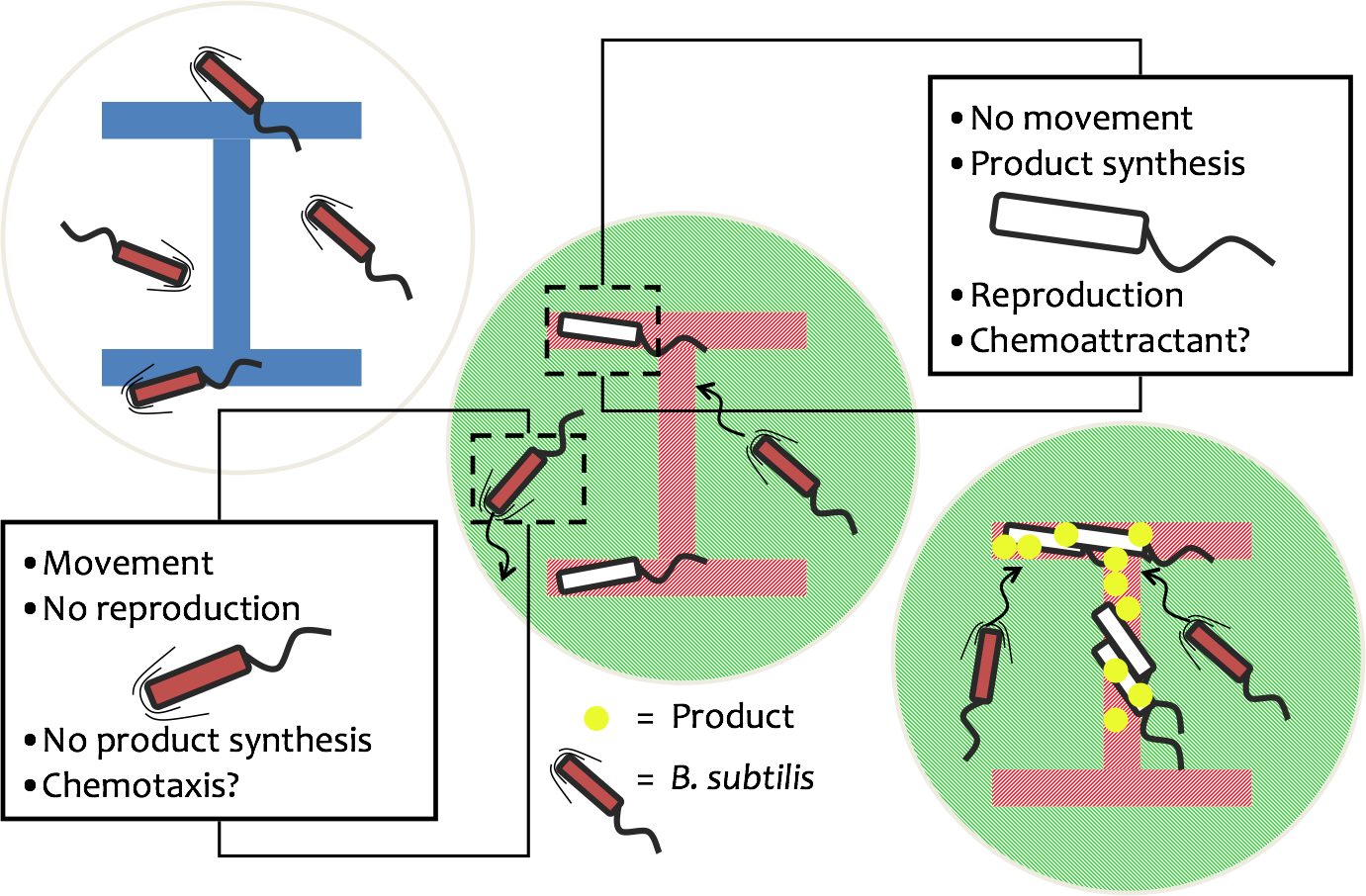Team:Imperial College
From 2008.igem.org
(Difference between revisions)
m |
m |
||
| Line 1: | Line 1: | ||
{{Imperial/StartPage2}} | {{Imperial/StartPage2}} | ||
| + | <!--{{Imperial/Box2||<html><center>Welcome to the Imperial 2008 iGEM project page. It's </html>{{CURRENTDAYNAME}}<html>, </html>{{CURRENTMONTHNAME}}<html> </html>{{CURRENTDAY}}<html> and a great day to read about an awesome iGEM project!</center></html><br>|}}--> | ||
<br> | <br> | ||
<br> | <br> | ||
| - | + | = Biofabricator Subtilis - Designer Genes = | |
| - | + | {{Imperial/Box1|| | |
| - | {{Imperial/Box1| | + | For the 2008 iGEM competition, the Imperial College Team aims to develop a genetically-engineered Biofabricator, using the Gram-positive bacterium Bacillus subtilis as our chassis. Our Biofabricator aims to produce self-assembling biomaterials in specified 3D shapes, using light as the trigger.|<html><center><img width="350px" src="http://i59.photobucket.com/albums/g305/Timpski/Logo1.png"></center></html> |
| - | + | ||
| - | + | ||
| + | }} | ||
| - | *First by utilising an endogenous light-sensing mechanism, the bacteria is captured in the desired location using 3D holography. | + | {{Imperial/Box1|Overview|*First by utilising an endogenous light-sensing mechanism, the bacteria is captured in the desired location using 3D holography. |
*Next bacterial locomotion is suspended in the region of interest using a recently-discovered clutch mechanism. This involves disengaging the flagellum from the motor protein. | *Next bacterial locomotion is suspended in the region of interest using a recently-discovered clutch mechanism. This involves disengaging the flagellum from the motor protein. | ||
*Finally, when our bacteria are stationary in the correct location, the biomaterial production is triggered. These biomaterials can self-assemble to form a 3D bio-scaffold. | *Finally, when our bacteria are stationary in the correct location, the biomaterial production is triggered. These biomaterials can self-assemble to form a 3D bio-scaffold. | ||
Revision as of 17:14, 13 October 2008
Biofabricator Subtilis - Designer Genes
|
|||||||||||||||
 "
"







